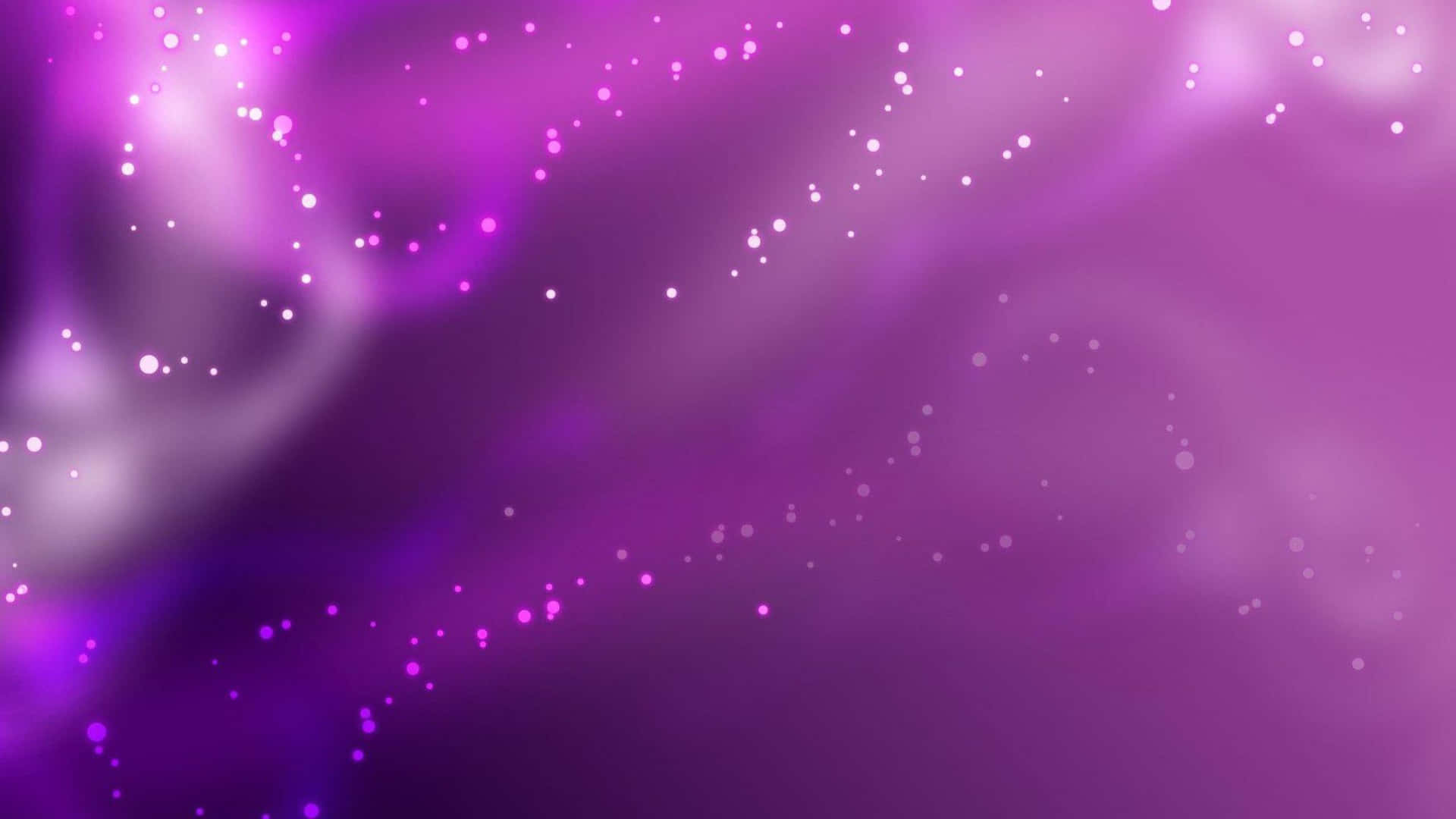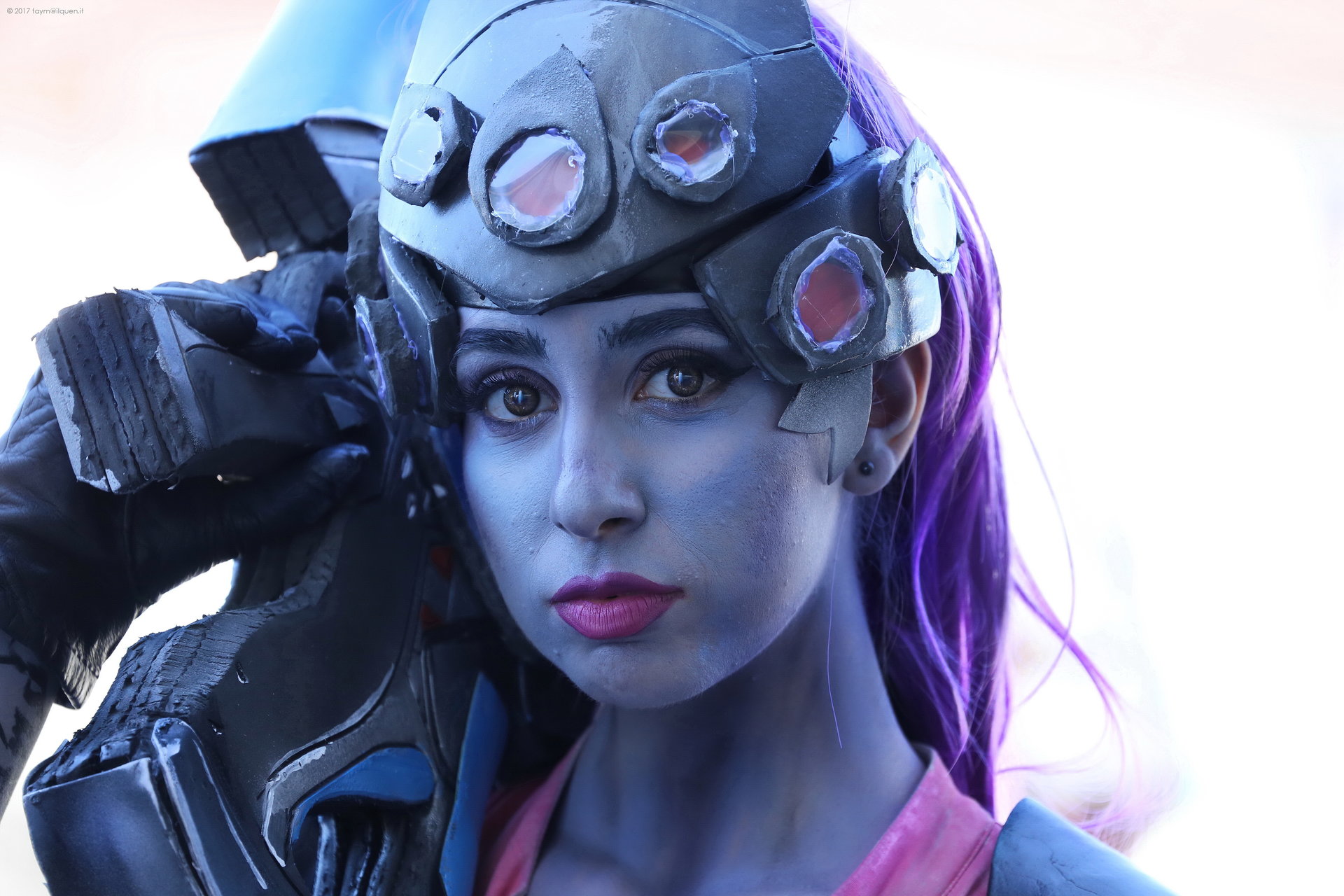In the world of music, few albums have left as indelible a mark as Prince’s “Purple Rain.” Released in 1984, the album not only showcased Prince’s musical genius but also introduced a striking visual aesthetic that would come to define an era. The accompanying poster for “Purple Rain” has since become a cultural icon, encapsulating the themes of the album and serving as a visual representation of Prince’s artistry. This article delves into the art and design of the “Purple Rain” poster, exploring its aesthetic elements, historical context, and lasting impact on popular culture.
The Historical Context of “Purple Rain”
To fully appreciate the “Purple Rain” poster, it is essential to understand the cultural and musical landscape of the early 1980s. This period was marked by a confluence of genres, including rock, funk, and pop, with artists like Michael Jackson, Madonna, and Bruce Springsteen dominating the charts. Prince emerged as a unique voice, blending these influences while maintaining a distinct identity. The release of “Purple Rain” was a pivotal moment in his career, coinciding with the film of the same name that showcased his talents as both a musician and an actor.
The Visual Elements of the Poster
The “Purple Rain” poster is a visual feast that employs various design elements to convey its themes. Some key components include:
- Color Palette: The dominant hue of the poster is a deep purple, symbolizing creativity, spirituality, and royalty. The use of purple is not only a nod to the album’s title but also evokes a sense of emotional depth and mystique.
- Imagery: The poster features a silhouette of Prince against a backdrop of dramatic skies, reflecting both the tumultuous nature of his music and the romantic themes explored in “Purple Rain.” The imagery invites viewers into a world that is both magical and melancholic.
- Typography: The font used for the title “Purple Rain” is bold and stylized, reminiscent of the flamboyant 1980s aesthetic. The lettering is often accompanied by a sense of movement, suggesting the dynamic performance style for which Prince was known.
- Composition: The design employs a balanced composition, with Prince’s figure positioned centrally, drawing the viewer’s eye. This central placement reinforces his role as the focal point of the narrative presented in both the music and the film.
Symbolism in the “Purple Rain” Poster

Every element of the “Purple Rain” poster is infused with meaning. The use of purple, for instance, has deep cultural and emotional connotations. In various cultures, purple represents:
- Spirituality: The color is often associated with the divine and the mystical, aligning with the spiritual themes present in Prince’s music.
- Royalty: Historically, purple dye was expensive and reserved for nobility, reinforcing Prince’s status as a musical king.
- Creativity: Artists frequently associate purple with inspiration and artistic expression, making it a fitting choice for an album that pushed creative boundaries.
The silhouette of Prince in the poster further amplifies its symbolic depth. By presenting him as a figure shrouded in shadow, the design hints at the complexities of his persona—both a star and a private individual. This duality resonates with themes of love, loss, and self-discovery that permeate the “Purple Rain” album and film.
The Impact of the “Purple Rain” Poster on Popular Culture

The “Purple Rain” poster’s aesthetic has had a lasting impact on popular culture, influencing various artistic forms and media. Here are some notable ways it has shaped and reflected cultural trends:
- Fashion: The bold color choices and dramatic styling seen in the poster have inspired fashion trends that embrace flamboyance and individuality. Prince’s signature styles, characterized by ruffles, lace, and bold colors, continue to influence designers today.
- Artistic Expression: The poster’s blend of music and visual art has encouraged artists and musicians to explore more integrated forms of expression. Contemporary artists often use bold colors and striking imagery to convey emotional narratives, echoing the impact of “Purple Rain.”
- Film and Music Marketing: The poster serves as a case study in effective marketing strategies for music and film. Its ability to encapsulate an entire artistic vision in a single image has set a standard for promotional materials in the entertainment industry.
Case Studies: The Influence of “Purple Rain” on Subsequent Works

The influence of the “Purple Rain” poster can be seen in various subsequent works across different media. Here are a few notable examples:
1. The Weeknd’s “After Hours”

The Weeknd’s album “After Hours” features a cover that draws on cinematic and surreal aesthetics reminiscent of “Purple Rain.” The use of color, particularly shades of red and black, creates a moody atmosphere that parallels the emotional complexity found in Prince’s work. The Weeknd’s visual storytelling in music videos also reflects the dramatic flair present in the “Purple Rain” narrative.
2. Lana Del Rey’s Visual Branding

Lana Del Rey has often been compared to Prince for her ability to blend nostalgia with modernity. Her album covers and promotional materials utilize rich color palettes and evocative imagery that echo the emotional depth of the “Purple Rain” poster. The melancholic yet romantic themes she explores resonate with those found in Prince’s work, showcasing the timelessness of the aesthetic.
3. Billie Eilish’s Artistic Identity
Billie Eilish’s visual style and branding also reflect the influence of Prince’s approach to artistry. Her album covers and music videos often feature bold colors and surreal elements, drawing viewers into a vivid emotional landscape. The way she engages with themes of identity and vulnerability is reminiscent of the themes explored in “Purple Rain.”
Conclusion: The Enduring Legacy of the “Purple Rain” Poster

The “Purple Rain” poster is not merely a promotional tool; it is a work of art that encapsulates the essence of Prince’s musical and visual identity. Through its striking color palette, evocative imagery, and rich symbolism, the poster invites viewers into a world that is both fantastical and deeply personal. Its lasting impact on fashion, artistic expression, and cultural marketing highlights the power of visual aesthetics in shaping our understanding of music and art.
As we reflect on the legacy of “Purple Rain,” it becomes clear that the poster serves as a timeless reminder of the potential for art to transcend boundaries and speak to the human experience. Prince’s ability to blend music, film, and visual art into a cohesive narrative will continue to inspire future generations of artists and creators. The “Purple Rain” poster stands as a symbol of artistic innovation, emotional depth, and cultural significance, ensuring its place in the annals of music history.